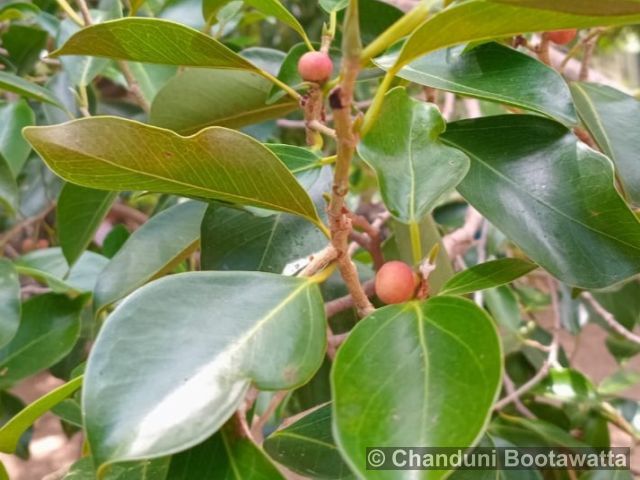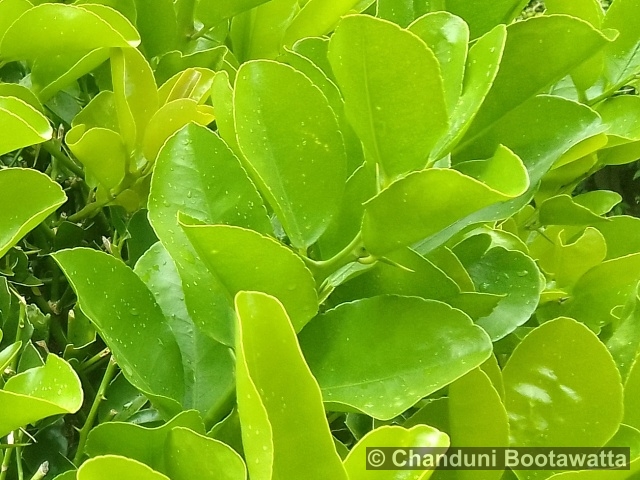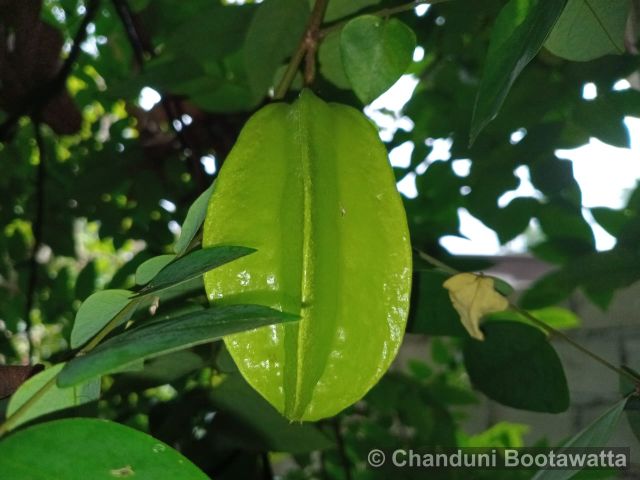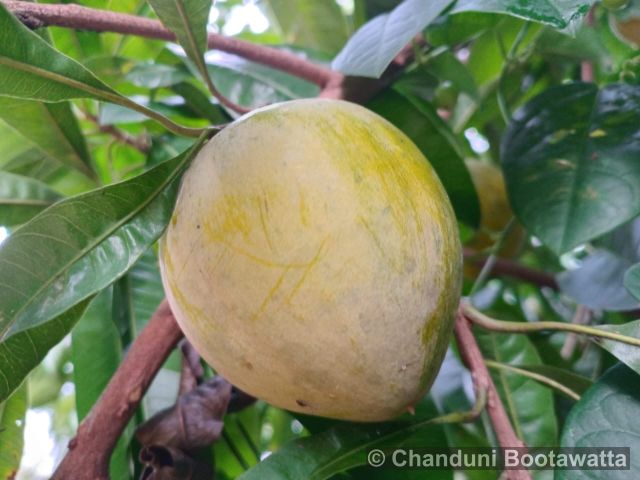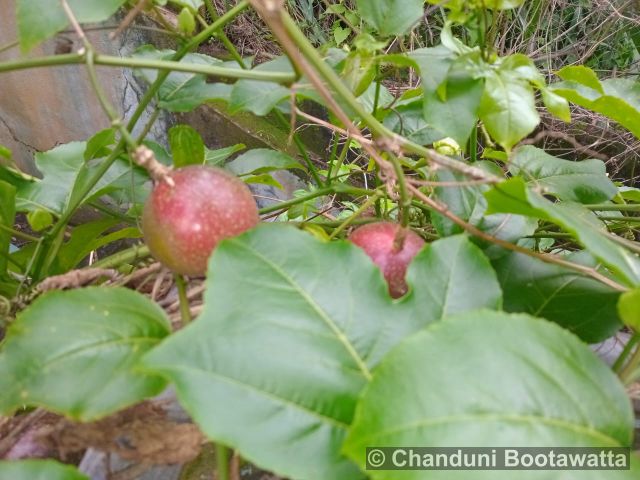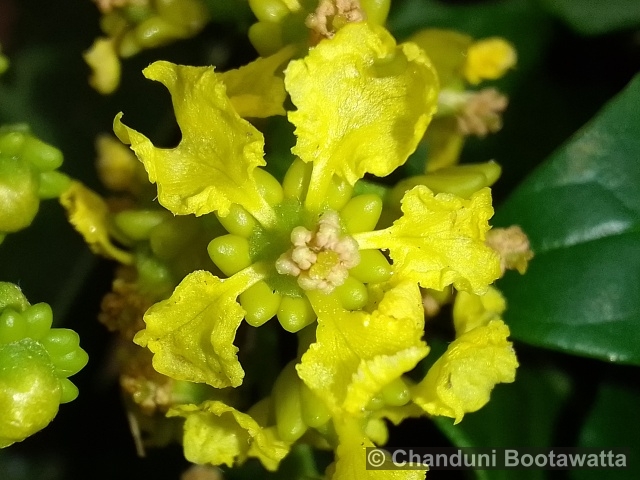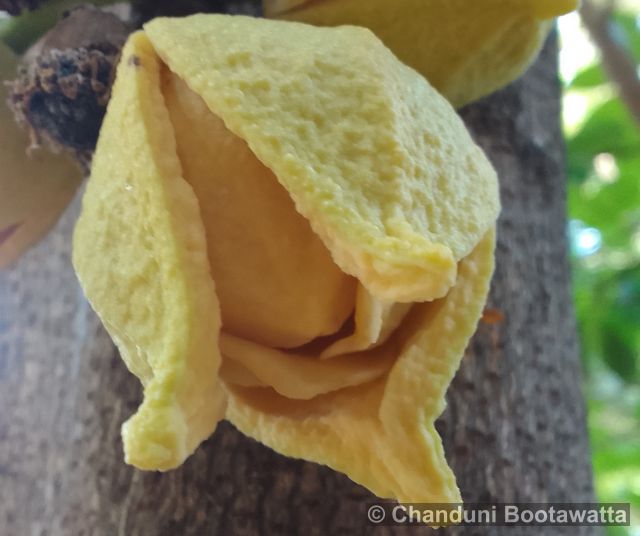Tento příspěvek byl přečten298krát!
pummelo, shaddock, jabong, and Chinese grapefruit
Syn: Aurantium maximum Burm. ex Rumph. Citrus aurantium var. grandis L. Citrus grandis (L.) Osbeck
Family: Rutaceae
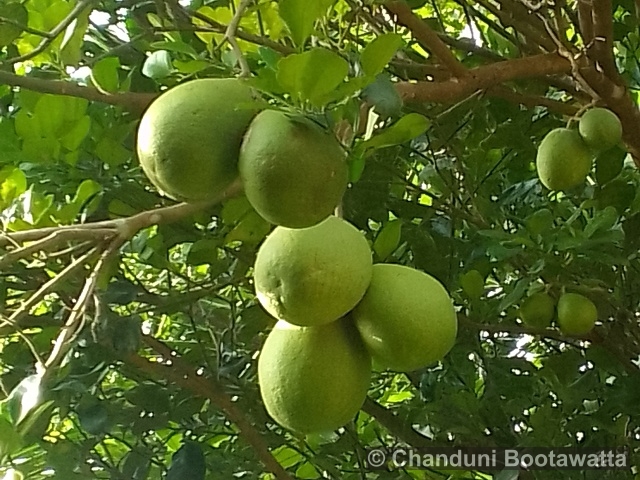
Description: The fruit is round to pear-shaped, with a thick, yellow to green rind and pale, juicy, sweet or slightly tart flesh inside. Pomelo flowers are fragrant, white, and typically grow in clusters, with four to five petals each. The leaves are broad, oval-shaped, and dark green with a glossy surface, while the buds are small and white. The trunk of the pomelo tree is sturdy, covered in smooth to slightly rough bark, and often branches out into a dense canopy.
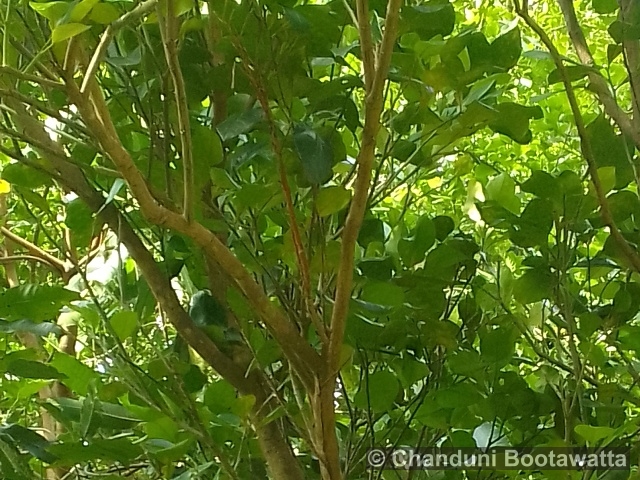
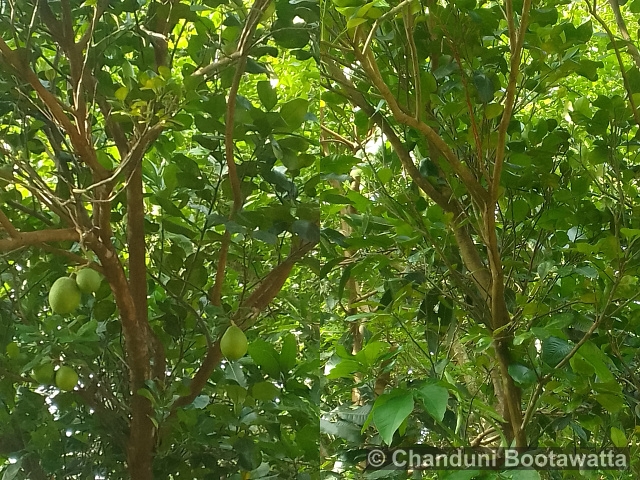
Substitutions: Citrus sinensis (Sweet Orange) – Sweet orange is a popular citrus fruit with bright orange rind and juicy, sweet segments. It is commonly eaten fresh, juiced, or used in various dishes. The trees are well-suited to warm, subtropical climates similar to those for pomelo and are appreciated for their aromatic blossoms and abundant fruit. Sweet oranges are a rich source of vitamin C and are widely cultivated for their versatile culinary uses. – Citrus limetta (Sweet Lemon) – Sweet lemon, or sweet lime, is a citrus fruit with a mild, sweet flavor and a smooth yellow rind. It is less acidic than common lemons and is used fresh, juiced, or in various dishes. Sweet lemon trees grow well in warm, subtropical regions similar to those for pomelo and are appreciated for their fragrant blossoms and nutritional benefits, including high vitamin C content. – Citrus junos (Yuzu) – Yuzu is a small, tart citrus fruit with a bumpy yellow or green rind, highly valued in East Asian cuisine for its aromatic zest and juice. Yuzu is not typically eaten fresh but used in sauces, dressings, and beverages. The trees tolerate cooler temperatures than many citruses and produce abundant, aromatic white flowers. Yuzu is rich in vitamin C and offers a unique flavor for culinary applications.
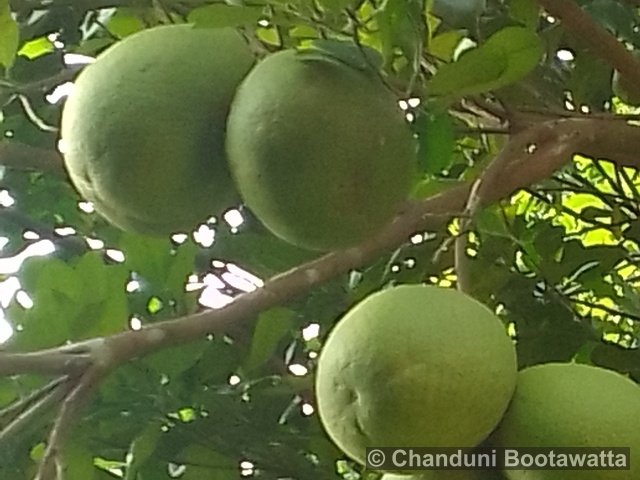
Ecology: Requires well-drained, slightly acidic to neutral soil rich in organic matter and nutrients such as nitrogen, phosphorus, potassium, and micronutrients, along with a warm, subtropical to tropical climate, full sunlight, and consistent irrigation for optimal growth.
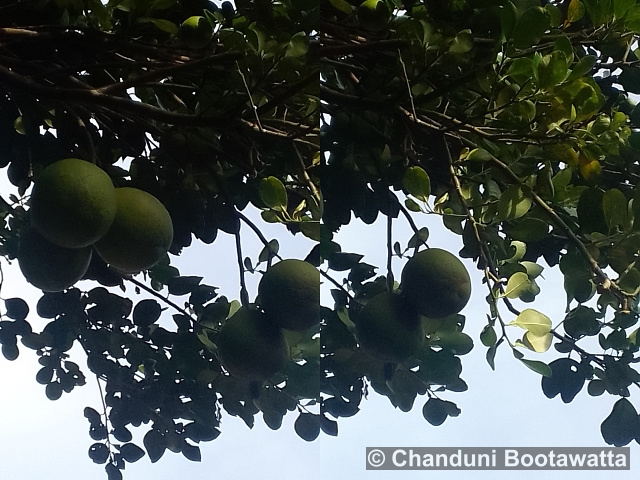
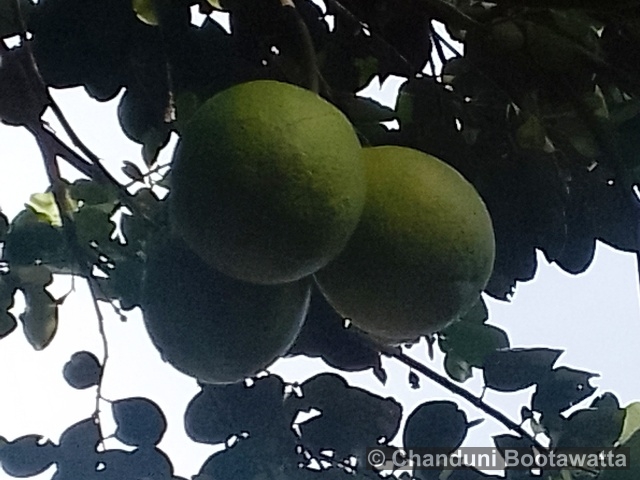
General Distribution: Distributed in tropical and subtropical regions, predominantly in Southeast Asia, southern China, India, Thailand, and the Pacific Islands, and has also been introduced to suitable climates in parts of the United States, the Caribbean, and Central and South America.
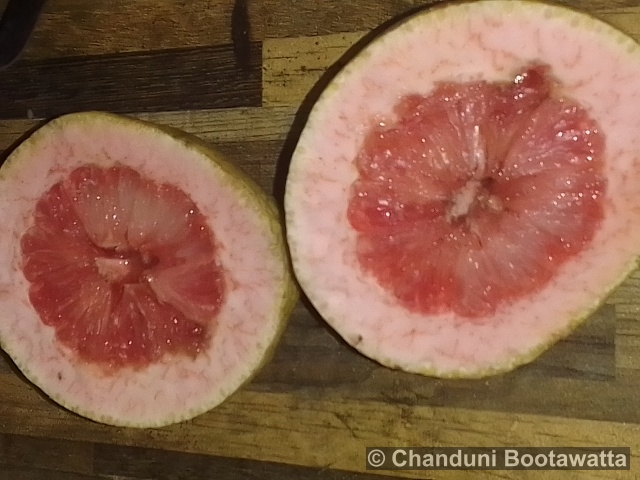
Use: Pomelo is highly valued not just for its delicious fruit, but also for its leaves and flowers, which are used in traditional medicine and culinary applications. The fruit is often eaten fresh, used in salads, or juiced, and the rind can be candied or used in cooking.

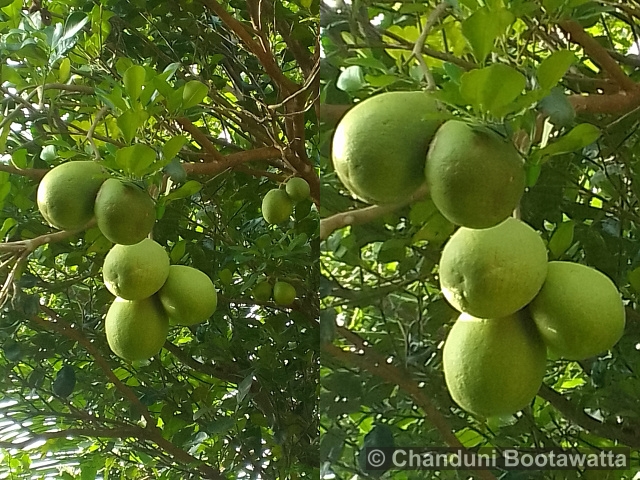
Author of text and photos: Chanduni Bootawatta.
Photographed in Kegalle, Sri Lanka on 15/06/2024.



 Poslat emailem
Poslat emailem
